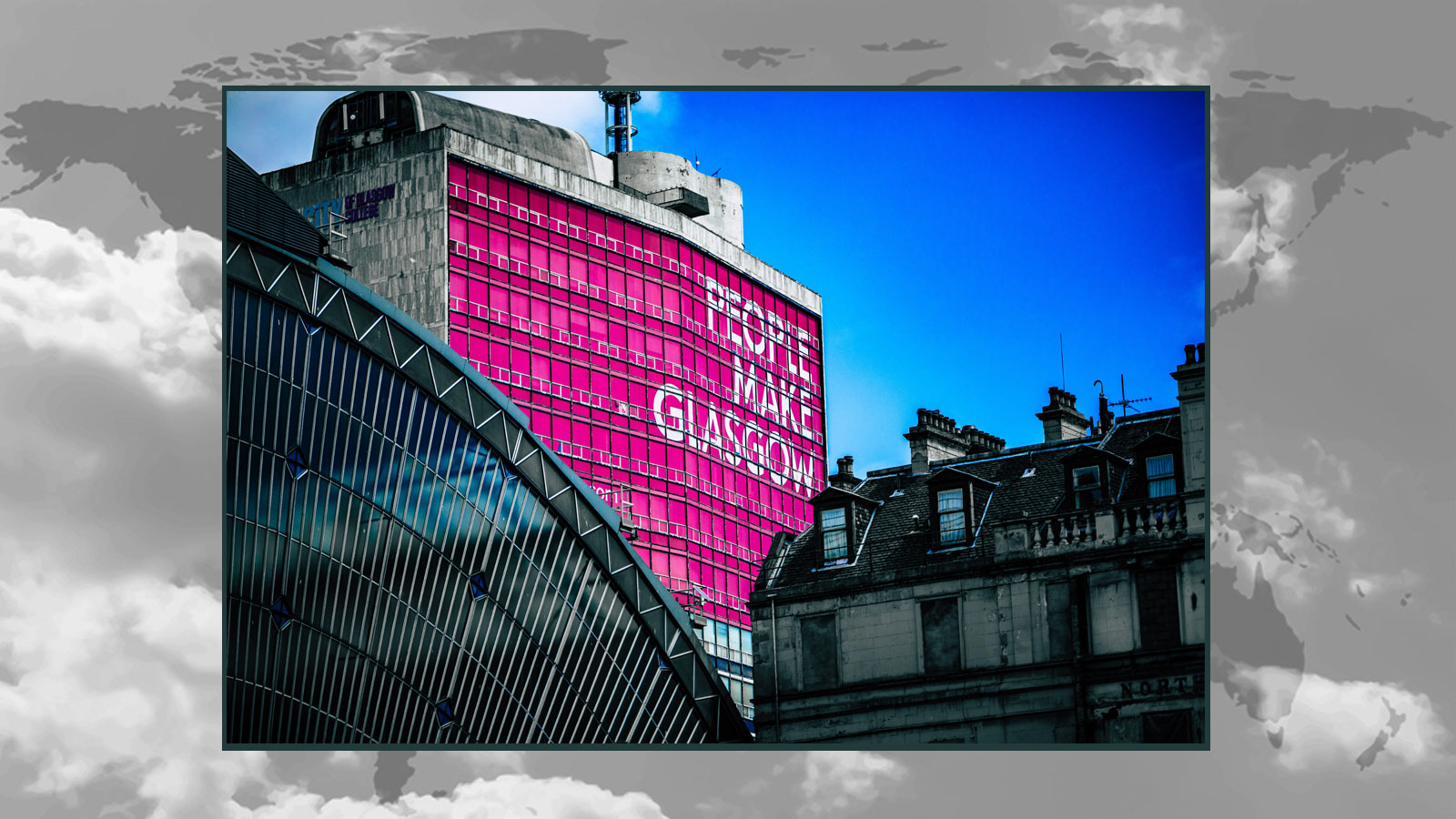GLASGOW, SCOTLAND COP 26 – National adaptation plans are one of the key deliverables under the 2015 Paris Climate Agreement and a keen topic at the current COP26 meeting.
Patricia Espinosa, executive secretary of the United Nations Framework Convention on Climate Change, UNFCCC, recently tweeted congratulating 30 Countries on their submissions during the first couple of days of COP26.
These plans are mirrored at city and regional levels. The recent European Union-funded Cultural Adaptations project has demonstrated that adaptation professionals working to carry out adaptation solutions in urban contexts value the creativity and unconventional thinking that artists bring to the table. Adaptation professionals also recognize the importance of ways artists and cultural organizations can create ‘human connections’ to what are otherwise often viewed as infrastructural and technical policy activities.
Key lessons from work in four cities
These are two key lessons from Cultural Adaptations, initiated by the green arts organization Creative Carbon Scotland and involving the cities of Glasgow, currently hosting COP26; Dublin in Ireland; Ghent in Belgium; and Gothenburg in Sweden. In each city, adaptation professionals have teamed with arts organizations to learn from each other: The cultural sector needs to engage with adaptation, and the adaptation sector needs new approaches, particularly when it involves co-creating adaptations. Both the European Union and the U.S.’s National Academies of Sciences, Engineering and Medicine have released reports (EU, NAS) newly emphasizing the need to co-create solutions with local populations.
For adaptation teams operating within city sustainability or environmental divisions, arts and culture offer ways of connecting with inhabitants to imagine changes to familiar streetscapes. Cultural policy can sometimes be an obstacle to adaptation, particularly in the context of historic environments, and it’s critical to have public engagement with, for example, nature-based solutions such as tree planting and reintroduction of wetlands.
Boosting efforts toward a ‘just transition’
Co-production and imaginative approaches can also support a “just transition” so critical for achieving social and economic equity in adaptation and transformations driven by climate impacts. Creative processes can envisage adaptation interventions, such as nature-based solutions that enhance and protect lives. But creative approaches can also support communities through grief in cases where adaptation involves loss.
Cultural Adaptations “embedded” artists work with adaptation teams on specific challenges, an approach drawn from artist Frances Whitehead’s embedded artist programme in Chicago. In the Cultural Adaptations project, these artists:
- worked with property developers on proposals for stormwater management to benefit local bird life and protect property;
- challenged city officials to involve local inhabitants of a historic district in designing de-paving (removing hard surfaces to help reduce rainwater runoff;
- proposed intergenerational approaches to policymaking using storytelling, drawing on the lived experience of elders in the community; and
- re-imagined ‘board training’ for a regional adaptation programme as a journey across the watershed, visiting sites of historic changes that drove previous cycles of adaptation.
The project highlighted the capacities that artists can bring to adaptation challenges, framed by Michael Eriksson of Chalmers University in Sweden in terms of “creative logic” (as opposed to “efficacy logic”). Eriksson highlights, for instance, that creative logic values uncertainty as necessary for developing new concepts; whereas efficacy logic seeks to actively reduce and minimize uncertainty. He argues that efficacy logic encourages the breakdown of complexity, where creative approaches embrace multiple views. Both are valuable for co-creating solutions with local populations.
Mutually beneficial skills, competencies
Competencies among adaptation professionals exhibited within the project complement the creative approaches. For instance, adaptation organizations have a vital role in setting goals, targets, and outcomes, including crafting of rich pictures of the future to galvanize adaptation action across sectors. It is also clear that adaptation organizations may have a critical role and responsibility to act as knowledge-brokers, synthesizing and translating evidence to explain the need for specific adaptation actions, and knowing which experts to call on and when to call on them. Artists and cultural organizations are experts in their own right and are experienced in creating situations fostering dialogue among different experts and sectors.
In his recent book A Restless Art, Francois Matarasso, a community artist, researcher, and writer, says, “Art is the creation of meaning through stories, images, sounds, performances, and other methods that enable people to communicate to others their experience of and feelings about being alive.”
Adaptation requires imagining new ways to be alive as much as it requires ecological or technological innovations in cities and regions. Those inhabitants need to be involved in the co-creation of happy and healthy lives in the context of the challenges of heatwaves, storms, flooding, sea-level rise, and other adverse impacts of a warming world.
The full findings of the Cultural Adaptations project are available here.
Chris Fremantle is a research fellow and Lecturer at Gray’s School of Art, Robert Gordon University in Aberdeen, Scotland.
Leslie Mabon is a lecturer in Environmental Systems in the School of Engineering and Innovation at the UK’s Open University based in Scotland.
Ben Twist is director of Creative Carbon Scotland.
Source link


